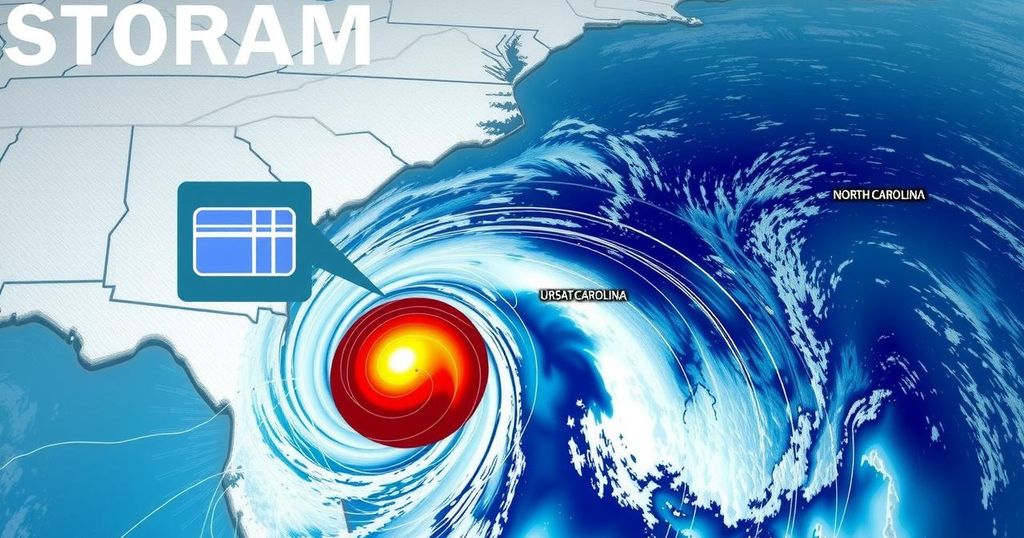Weather
AFRICA, ARCTIC, ASIA, CLIMATE, COPERNICUS, COPERNICUS CLIMATE CHANGE SERVICE, EUROPE, EXTREME WEATHER, FORECAST, GLOBAL WARMING, GREENHOUSE GAS EMISSIONS, NASA, NATIONAL CENTERS FOR ENVIRONMENTAL INFORMATION, NCEI, NOAA, NORTH AMERICA, OCEANIA, SERVICE, SOUTH AMERICA, UK MET OFFICE, WEATHER
Jamal Abdullah
0 Comments
2024 Marks Record High Temperatures and Alarming Climate Indicators
In 2024, NOAA reported the highest global temperatures on record, 2.32°F above the 20th-century average. This year marked significant sea ice loss in Antarctica, with average coverage at 4.00 million square miles, the second lowest ever recorded. Ocean heat content also reached unprecedented levels, while tropical cyclone activity remained near historical averages.
According to an analysis by the National Oceanic and Atmospheric Administration’s National Centers for Environmental Information (NOAA NCEI), 2024 has officially been recorded as the warmest year on the planet. This year’s average land and ocean temperature was found to be 2.32 degrees Fahrenheit (1.29 degrees Celsius) above the 20th-century average, surpassing the previous record of 2023, which was warmer by 0.18 degrees Fahrenheit (0.10 degrees Celsius). Regions such as Africa, Europe, North America, Oceania, and South America experienced their warmest year on record. Meanwhile, Asia and the Arctic reported their second-warmest years to date. Furthermore, NOAA’s findings indicate a concerning trend: all ten of the hottest years since 1850 have occurred in the last decade. In particular, 2024’s global temperatures exceed pre-industrial levels by 2.63 degrees Fahrenheit (1.46 degrees Celsius).
The year also marked significant changes in Antarctic sea ice coverage, which reached its second-lowest extent on record. The average extent was recorded at 4.00 million square miles, with the minimum extent occurring in February at 830,000 square miles. Both events in the Antarctic and Arctic regions have documented exceptionally low ice levels in 2024. Additionally, upper ocean heat content has reached record highs, indicating a distressing accumulation of heat in the oceans; this metric has been monitored globally since 1958. In terms of tropical storms, 2024 saw a total of eighty-five named storms which were around average for the historical context of 1991-2020.
In summary, 2024 will be remembered as a pivotal year in climate data, reflecting unprecedented warmth and troubling trends in sea ice and ocean heat storage, raising alarms about the ongoing effects of climate change.
The topic addresses the alarming yet documented trends in global climate change, particularly through NOAA’s latest report detailing the year 2024. Understanding these findings is essential in grasping the magnitude of climate changes occurring at an accelerated rate due to human-induced factors. The data presented by NOAA encompasses critical statistics from the oceans, atmospheric conditions, and regional temperature records, painting a comprehensive picture of our current climate state.
In conclusion, the year 2024 has posed significant challenges in the context of climate change, as evidenced by exceptionally high global temperatures, diminished Antarctic sea ice coverage, and record highs in ocean heat content. These findings from NOAA highlight the urgent need for actionable efforts to address and mitigate climate change effects. As patterns indicate a continuing trajectory, heightened awareness and initiatives to prevent further climatic disruptions are essential.
Original Source: www.noaa.gov




Post Comment